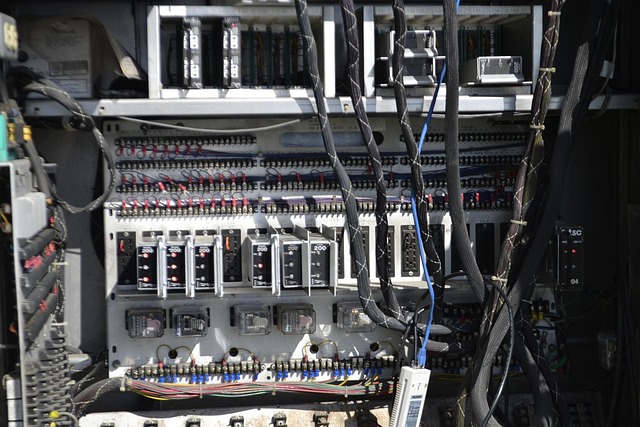The evolution of technology has brought forth the exciting concept of the Metaverse, where virtual reality (VR) and augmented reality (AR) converge to create immersive experiences. However, in this expansive digital landscape, the critical component that ties it all together is a robust Wi-Fi connection. As we delve deeper into the Metaverse, understanding the intricacies of Wi-Fi connection will be paramount in enhancing our virtual and augmented reality experiences.
Imagine stepping into a virtual world where the boundaries of reality blur. You don your VR headset and, with a wave of your hand, you’re transported to a breathtaking landscape filled with vibrant colors and intricate details. This is the allure of virtual reality, and it thrives on the capability of a stable Wi-Fi connection. The clarity and fluidity of these experiences hinge on high-speed internet—any lag or disconnection could shatter the illusion and immersion, leaving users frustrated.
Simultaneously, the world of augmented reality invites us to interact with our real environment in new, innovative ways. Through smart glasses or mobile devices, digital elements overlay our physical surroundings, enriching our day-to-day lives. Yet, while engaging with these applications, a reliable Wi-Fi connection facilitates seamless data transfer, maintaining the synchronization between the digital overlay and the real world. It’s vital for applications that rely on real-time information—think of AR navigation or interactive gaming that blends the real with the digital. A weak Wi-Fi connection in these scenarios can lead to a disjointed experience, undermining the very essence of augmentation.
As the Metaverse expands, the need for an even more robust Wi-Fi connection becomes crucial. The introduction of technologies like Wi-Fi 6 and future iterations promise higher speeds, reduced latency, and increased capacity. These advancements are essential in accommodating the massive amounts of data required for high-definition VR and AR environments. Consider the transition from static pages on the internet to the rich, interactive worlds of the Metaverse—each element requires bandwidth. High-definition graphics, real-time interactions, and multiplayer environments place significant demands on our internet infrastructure, demanding a reliable and speedy Wi-Fi connection.
Moreover, with the rise of remote work and social interactions occurring in virtual spaces, the quality of our Wi-Fi connections directly impacts our professional and social engagements. Virtual meetings in a fully immersive environment can become the new norm, but only if we can count on a strong and consistent internet connection. Sending files, streaming video, or even meeting clients in virtual offices are all activities that require the assurance of solid connectivity.
As we explore these exciting possibilities within the Metaverse, it’s essential to consider the hardware that powers these experiences. From routers to network extenders, investing in superior Wi-Fi infrastructure will ensure we are well-equipped to embrace the full potential of virtual and augmented realities. The future may be digital, but it is our Wi-Fi connection that will enable us to explore it effectively and without limits.




